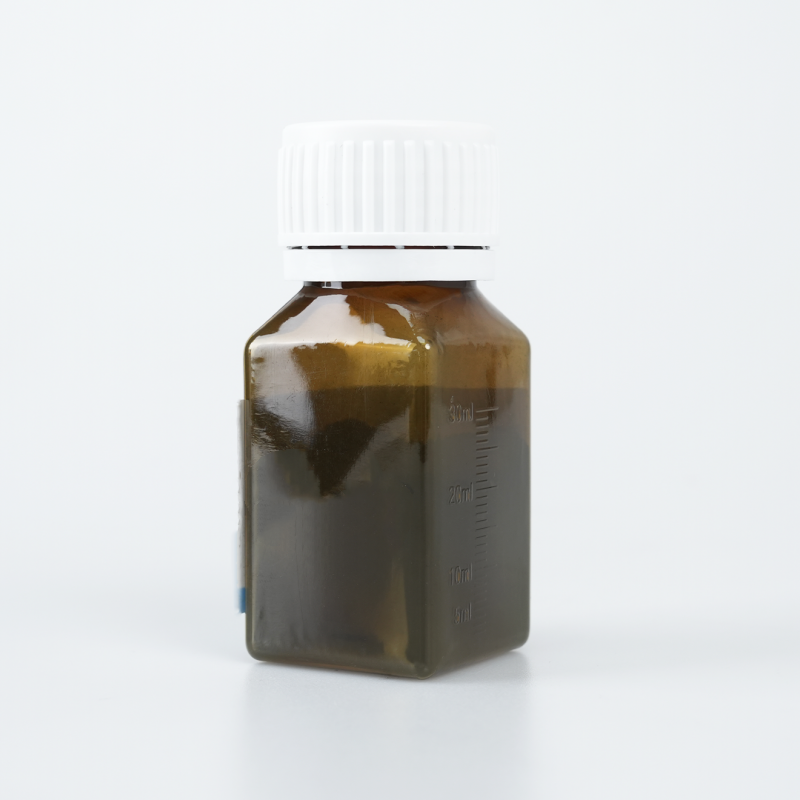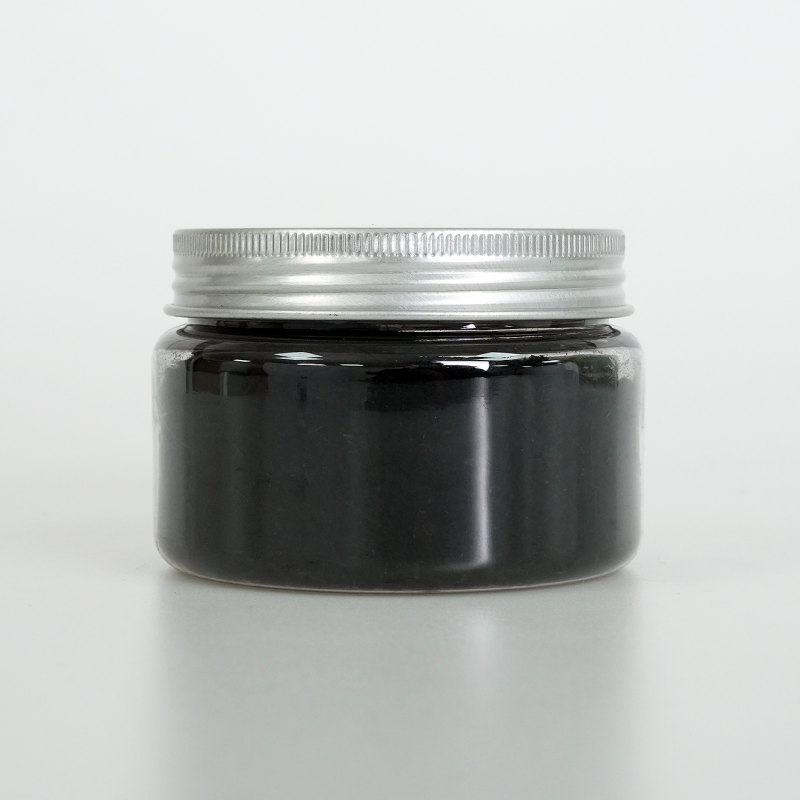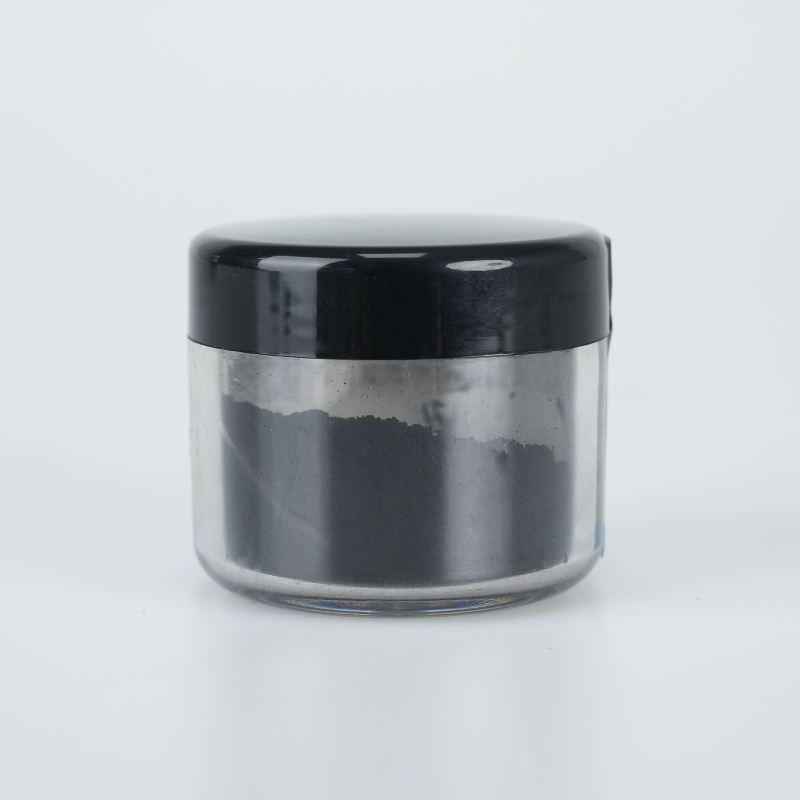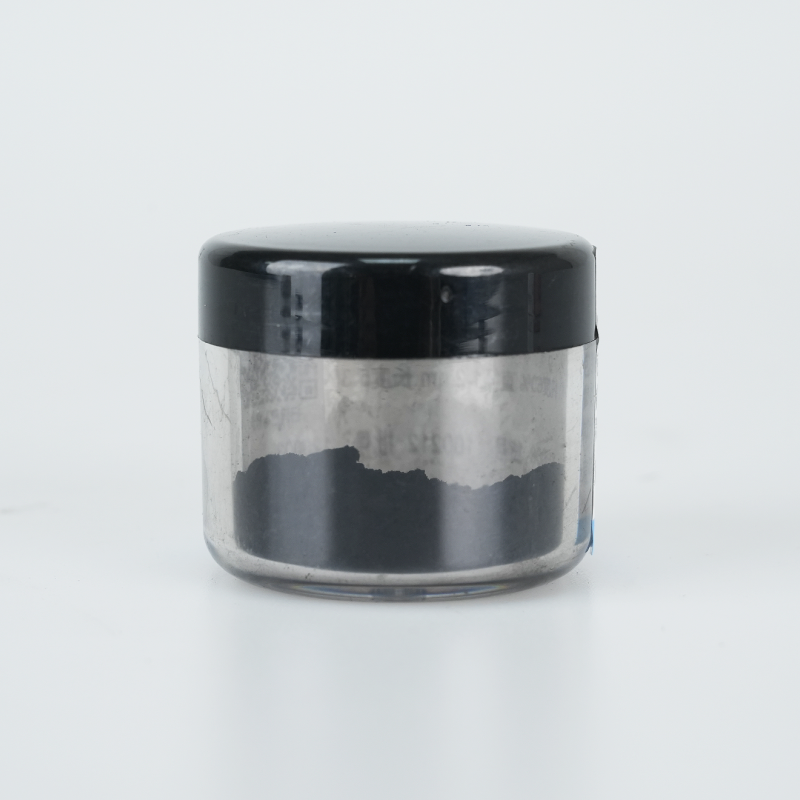Nanocellulose solution provides optimized dispersion stability, superior mechanical reinforcement, and enhanced biodegradability. Designed for coatings, biomedicine, and sustainable packaging, it ensures efficient structural integrity, extended durability, and eco-friendly performance.
Product Overview
Nanocellulose solution is a milky white liquid with excellent dispersion and stability. The fibers typically have a diameter ranging from 15-25 nanometers and a length of 200-300 nanometers, providing a high surface area and surface activity. The viscosity of the solution varies with concentration: at low concentrations, it behaves like a Newtonian fluid, while at higher concentrations, it exhibits non-Newtonian fluid behavior. The solution's stability can be further enhanced by proper surface chemical modifications or by adding stabilizers, preventing aggregation and precipitation of the nanocellulose fibers.
Key Features
- Efficient Water Retention:The nanocellulose solution locks water molecules in its three-dimensional network, providing strong moisture retention, making it ideal for cosmetics, skincare products, and other moisture-retentive formulations.
- Superior Suspension Stability:The unique three-dimensional network structure in the liquid ensures excellent suspension stability, making it widely applicable in pesticides, coatings, resins, and other liquid products.
- Wide Compatibility:Highly compatible with various surfactants and personal care ingredients, making it suitable for diverse formulation systems, including non-ionic, anionic, amphoteric, salts, and thickeners.
Applications
- Soft Material Construction:Used in the construction of chiral films, photonic crystals, gels, liquid crystals, and other soft materials, with broad applications in electronics, optics, and biomedical fields.
- New Nanomaterial Preparation:Serves as a raw material for chemical/physical modifications to create new nanomaterials with unique properties.
- Biocompatible Materials:Can be used to create biomedical materials, such as tissue engineering scaffolds and drug carriers.
- Antibacterial Materials:Capable of loading antibacterial agents, forming antibacterial composite materials, widely applied in medical devices, wound dressings, etc.
- Water Treatment:Used to adsorb harmful substances such as heavy metal ions and organic pollutants from water, enhancing water treatment efficiency.
- Soil Remediation:Acts as a soil improver, increasing water retention and air permeability, thus promoting plant growth.
- Fiber Reinforcement:Used as a reinforcing agent for textile fibers to improve the strength and abrasion resistance of textiles.
- Functional Textiles:By modifying its functionality, it can be used to produce textiles with features such as antibacterial properties and UV protection.
| Parameter | Value |
| State | Milky liquid |
| Diameter | ~15-25 nm |
| Length | ~200-300 nm |
| Solvent | Water |
Submit Your RequirementsWe will contact you within 24 hours.
 WOBO Scientific Research New Materials One-Stop Service Platform
WOBO Scientific Research New Materials One-Stop Service Platform











